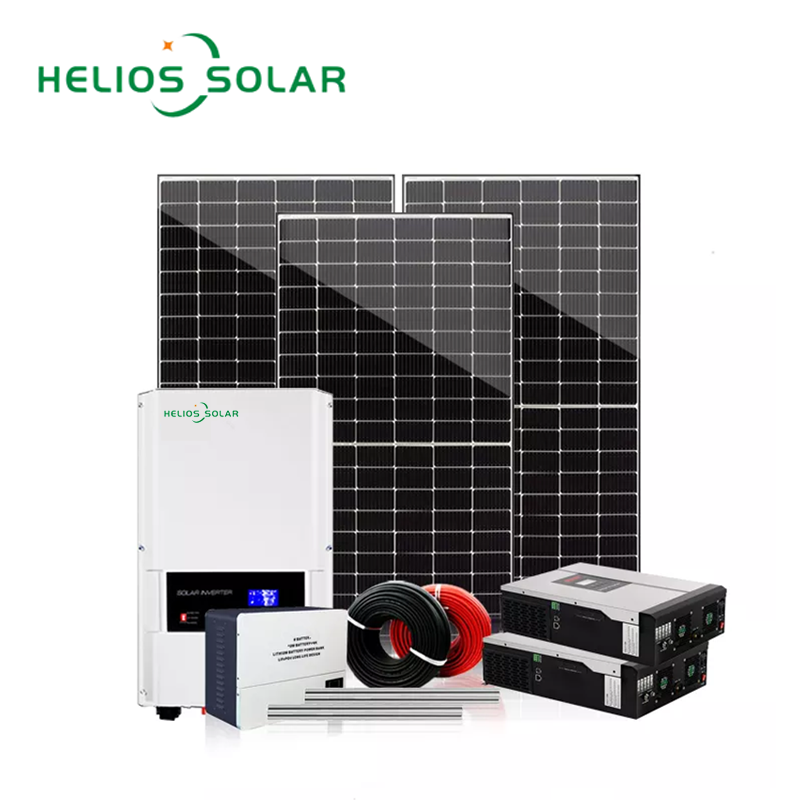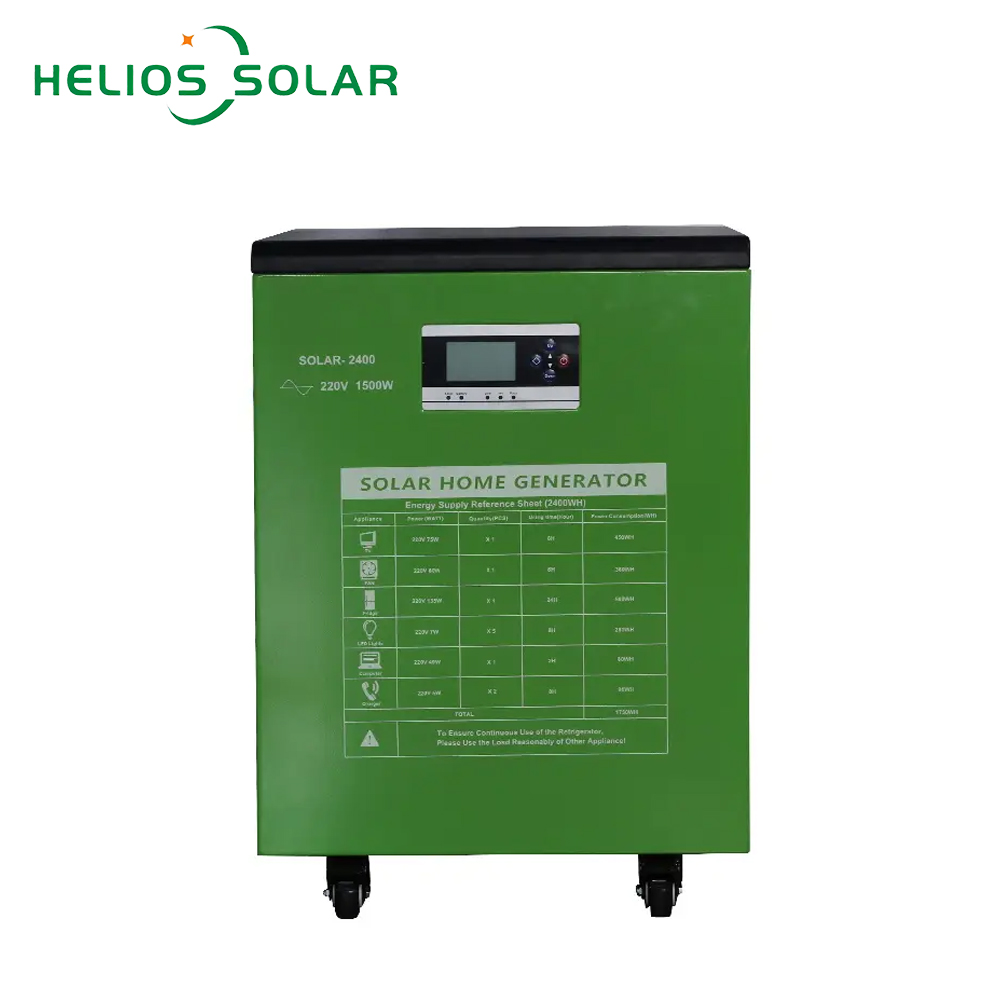While the solar industry tries to wait patiently for further clarification on new tax credit policies within the Inflation Reduction Act, there are, of course, other trade policies affecting project commissioning in a more immediate way. Solar panel supply in particular is facing a barrage of trade issues, including extended antidumping/countervailing duties (AD/CVD) on imports from Southeast Asia and product detentions under the Uyghur Forced Labor Prevention Act (UFLPA). Until domestic manufacturing ramps up, these two issues will disrupt supply and delay project timelines within the United States — but with varying intensity.
The AD/CVD investigation that plagued the industry for over two years is not nearly as significant as the UFLPA, said Max Macpherson, data and analytics report manager at PVEL. Custom Sine Power Suppliers

“The concern with UFLPA is not just that there’s not a lot of transparency, but also that it’s probably going to intensify,” she said. “It seems like they’re not satisfied with what has already been detained, and they think some Chinese modules have come through that [should have been stopped]. If they kept the standards consistent, then we could probably be on more steady ground, but it feels like one step forward, five steps back.”
Initiated in June 2022, the UFLPA bans all imported goods from Xinjiang, an area in China that the United States determined uses slave labor of the Uyghur people, an ethnic minority in the region. China is the world’s leading provider of polysilicon, with much of that production focused in Xinjiang, including from companies like Hoshine, Daqo, GCL and East Hope. Customs and Border Protection (CBP) is detaining any import assumed to have product made in Xinjiang, with a “guilty until proven innocent” presumption. Solar panels from Canadian Solar, Jinko, Longi and Trina were among early detentions, even though many did not use polysilicon made in Xinjiang.
CBP requires importers complying with UFLPA to provide complete supply chain documentation, including a list of all entities associated with each step of production. Solar panel companies have gathered their documents, and Jinko even sold its Xinjiang ingot factory to further distance itself from the region, but Chinese solar panels are still having a difficult time getting through Customs. The impression from industry reps has been that a few Chinese companies, regardless of any affiliation with Xinjiang, have been deemed high-risk and continue to be stopped by CBP. Although the agency isn’t supposed to be working down a list, CBP initially only focused on Tier 1 brands.
That changed in July 2023 when Customs blocked a shipment of Astronergy panels from entering the United States, which suggests CBP is expanding its focus to more brands.
“There’ll be a lot of disruption as importers get hit that haven’t been used to it,” said Alex Barrows, head of PV at market intelligence firm Exawatt. “Some of the companies like Jinko are used to getting stopped and they have what [documentation] is needed. But smaller importers haven’t been stopped yet, and they’re not used to the process. I think there will be a lot of friction if smaller importers start to get hit.”
Longi appears to be the most affected, with many of its shipments being detained for close to a year. Longi panels using Tongwei polysilicon have been specifically earmarked by CBP, even though Tongwei has no direct presence in Xinjiang, further insinuating a de facto ban on all Chinese polysilicon (panels using polysilicon from Hemlock and Wacker are passing through). Longi, still the second largest panel supplier in the world, was previously the top silicon panel supplier for the U.S. utility-scale market. With an annual module manufacturing capacity of 85 GW, Longi reported only being able to ship 700 MW into the United States in the first half of 2023. Since UFLPA, other brands, especially Korean and Indian manufacturers, have filled the gap.
“We’ve had a complete change in who’s shipping to the U.S. market,” said Christian Roselund, senior policy analyst with Clean Energy Associates. “While large Chinese Tier 1 providers struggled with [getting panels into the United States], other players came in and took their place.”
While the panel brands being used in the largest projects across America are changing, the residential market has been less affected by UFLPA, especially as the global industry works through its inventory glut. That may change if UFLPA enforcement gets stricter, but what’s more likely to disturb smaller projects are new tariffs on panels from Southeast Asia — a region that accounted for 80% of U.S. imports earlier this year.
In August, the Dept. of Commerce delivered its final determination that solar panel manufacturers were working in Cambodia, Malaysia, Thailand and Vietnam as a way to avoid paying existing duties on Chinese-made solar goods. AD/CVD rates were then extended to solar exports coming out of Southeast Asia. Manufacturers working in the region can bypass these tariffs if they use non-Chinese wafers or if their solar panels made with Chinese wafers use at least four non-Chinese subcomponents (silver paste, aluminum frames, glass, backsheets, EVA sheets or junction boxes).
The AD/CVD decision doesn’t ban products from Southeast Asia; it just puts a higher tax on solar products believed to only have minimal processing performed in the region. A global push to rely less on China-based supply chains has led to more significant manufacturing being established elsewhere. While solar panel supply may be interrupted in the short-term as Southeast Asian manufacturers reconfigure their bills of materials, many industry reps believe they should easily be able to comply with the new rules.
“I’m not too worried about AD/CVD,” said Barrows of Exawatt. “I think most manufacturers will be able to sidestep it in some way. The most obvious way is to not use a Chinese wafer. There’s limited wafer capacity outside of China, but it is growing fairly rapidly.
“For everyone who can’t get hold of a non-Chinese wafer, that’s where you have to use the other module materials. That should be doable for most manufacturers,” he continued. “There’s quite a lot of glass capacity outside of China. You can sidestep the backsheet just by making a dual-glass module. There’s some frame manufacturing in Southeast Asia. There’s quite a lot of silver paste manufacturing outside of China. When you add it all up, I’m not hugely concerned about AD/CVD. I’m definitely a lot more concerned about UFLPA.”
Between trade issues and a new manufacturing credit allotment, it will be an eventful next few years for solar panel supply in the United States.
Kelly Pickerel has over a decade of experience reporting on the U.S. solar industry and is currently editor in chief of Solar Power World.

Solar Panel System For Home Copyright © 2023 WTWH Media, LLC. All Rights Reserved. Site Map | Privacy Policy | RSS